Forest Practices Board releases audit of Lakes Forest District SBFEP
The Forest Practices Board today released a report on the results of its first audit of a Ministry of Forests Small Business Forest Enterprise Program (SBFEP). The audit examined - an audit of the operational planning for forest management activities approved between January and October 1996 in the Lakes Forest District SBFEP, near Burns Lake, British Columbia.
The Board found that the 1996-2000 Forest Development Plan was in compliance with the operational planning requirements of the Code, in all significant respects, with the exception of two situations of significant non-compliance. The Plan does not contain the classification for streams that will be affected by proposed road construction to access areas planned for timber harvesting, and consequently does not address the risk of damage to fish and other stream values. In addition, the plan does not include strategies to reduce the risk to forest resources from mountain pine beetle.
Silviculture prescriptions were in compliance, in all significant respects, with the operational planning requirements of the Code, with the exception of five significant non-compliance situations involving the salvage of timber attacked by mountain pine beetle. On four timber sales, a total of 25,836 cubic metres of timber was removed without the required silviculture prescriptions. The District advised the Board that it believed these operations were consistent with ministry interpretation of the Code and with ministry policy. The fifth situation involved an area logged outside of an approved emergency silviculture prescription.
The extensive number of non-compliance situations found in logging plans led the Board to conclude that, overall, logging plans were not in compliance with the Code. Many of the logging plans were missing essential information required by the Code, and were inconsistent with the silviculture prescriptions.
The Forest Development Plan is an overall plan that shows proposed forest resource management for the entire SBFEP over five years, while the silviculture prescriptions and logging plans show specific forest management plans for individual cutblocks.
The Board has been advised by the Lakes Forest District that a number of steps have been taken, or are in progress, that are expected to remedy the situations of non-compliance that were identified. These include:
The Board does not have the ability to impose fines or penalties as a result of its audit findings, but may make recommendations to government. As a result of the audit findings, the Board has recommended that government clarify the interpretation of sections of the Forest Practices Code related to preparation of silviculture prescriptions, and provide policy guidance to district staff on implementation of the interpretations. The Board has requested that the government advise the public and the Board by October 15, 30, 1997, of its, or proposed, response to this recommendation.
The Board has also recommended that the Lakes District:
The Lakes District SBFEP extends over the entire district from Babine Lake in the north to the northern boundary of Tweedmuir Park in the south. The audit was conducted by a team of six, including foresters, auditors, and a fisheries biologist2.
The SBFEP was selected randomly from 43 such programs in the province, and not on the basis of location or past level of performance. The Board currently has another five audits underway and plans to complete nine audits in 1997.
The Forest Practices Board is an independent agency established in 1995 that provide reports to three ministers and the public about compliance with the Code and the achievement of its intent. The undertaking of audits of forest practices and of the appropriateness of government enforcement is one of its key responsibilities. Other important roles include undertaking investigations in response to public complaints; undertaking special investigations of any Code related forestry issues; participating in administrative reviews and appeals; and providing reports to the public and government on Board activities, findings and recommendations.
Forest Practices Board
1-800-994-5899
